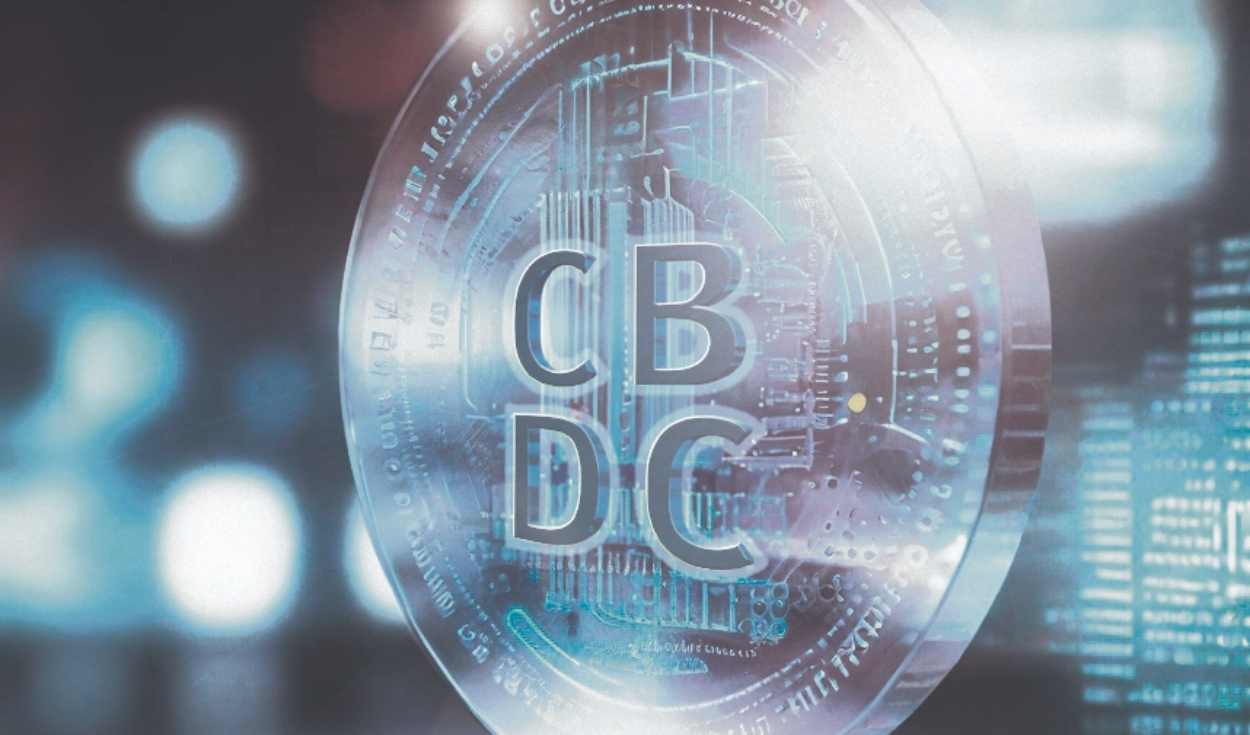
While there has been rapid growth in digital payments in the Peru —we have digital wallets like Yape or Plin—, the changes have occurred in the banking sector. In the unbanked, we still live in an ecosystem of cash payments that limits thousands of citizens.
For this reason, the Central Reserve Bank of Peru (BCRP) has seen it convenient to implement a digital money system already used by three central banks (Jamaica, Bahamas and Nigeria), and which is currently being tested in 35 countries, such as China, Brazil, Russia, South Korea, South Africa and India.
With the pilot, who according to the schedule of Circular No. 0011-2024- BCRP should take its first steps in July, entities that already have their wallets registered and that are interested in offering digital payment services for people living in low-banked areas will appear before the BCRP.
There are 10 providers contemplated for this first pilot stage, between digital and QR code wallets: BCP (Yape), Financiera Oh, EEDE Prepaid Peruvian Cards (Ligo), Interbank (IzipayYa), Prex (Prexpe), Bitel (Bipay), Financiera Efectiva (Efectiva tu financial), Caja Cusco (Wayki), APDE Bim (Bim ) and GMoney (Kontigo).
These institutions will have to propose mechanisms to reach this universe of unbanked users and, in cases where there is no internet, propose offline solutions.
“The goal is to significantly expand the number of people. Let’s see the requests they make to us. The pilot is so that, in a controlled environment, an innovative solution is carried out on how the market responds to the issuance of a CBDC”, highlighted the BCRP for La República.
The bank is optimistic about the learning possibilities and their scope, although the potential number of beneficiary users is still unknown. In March 2023 he had already given a preview.
Offline digital money
The document launched a year ago was titled ‘CBDC: Promoting digital payments in Peru’. Two months earlier, during his participation in Davos, the president of the BCRP, Julio Velarde, had advanced details of the work that has been deposited together with the IMF since 2021.
How to operate a digital currency without internet? In China, for example, payments with the cell phone chip are being piloted. The device may be turned off or in offline mode, but with the mobile card the transaction can be carried out at authorized points.
Another example: the use of SMS messages is being evaluated, which may also receive an adaptation to send information regarding payments. The idea is not only to reach high-end cell phones, but also to lower-end ones to include the largest number of users possible.
To do this, an architecture is being prepared that will allow the bank to have custodial funds that the aforementioned participants can access. The person approaches with their money, creates an account, puts in the cash, and with that amount digital money is generated. That is, first it puts funds and with that it begins to distribute.
The system is nothing like that of cryptocurrencies. Unlike these, they are funds issued by an entity. In the market dominated by bitcoins “it is not known for sure where the money goes,” and there have been cases in which cryptocurrencies have failed. In the case of the first Peruvian CBDC, which would open the market for other private bets, the participant or distributor will resolve any problem so that the user has their money secured.
“At the BCRP we think that digital money will coexist with the different payment instruments that exist today. We think about complementarity,” the entity said.
CBDC: financial inclusion for more Peruvians
The trial period of the first CBDC Peruvian will be one year. Considering that there are a maximum of 30 business days for the presentation of proposals, plus a maximum of 30 business days for the evaluation, BCRP estimates that it could begin in July.
Once the pilot process is completed, the BCRP will carry out a quality survey to know the results and generate a “virtuous circle” that opens the market to similar solutions from the private sector.
It is estimated that 50% of the adult population in Peru is unbanked. Of this potential universe for the CBDC, 76.6% of the population resides in urban areas, with 27.6% concentrated in metropolitan Lima.
Fact
70% of the population in our country uses digital wallets. Among the most used are Yape and Plin.
Source: Larepublica
Alia is a professional author and journalist, working at 247 news agency. She writes on various topics from economy news to general interest pieces, providing readers with relevant and informative content. With years of experience, she brings a unique perspective and in-depth analysis to her work.











